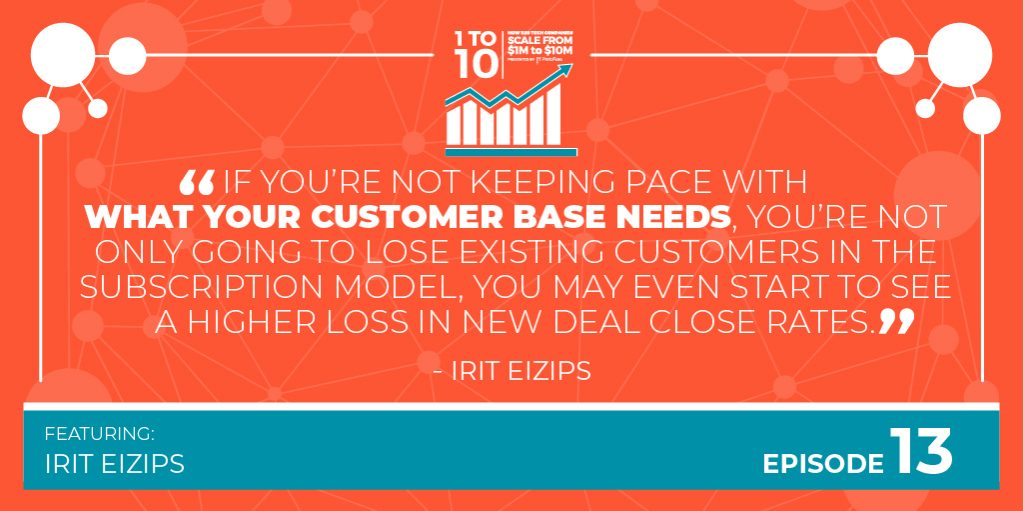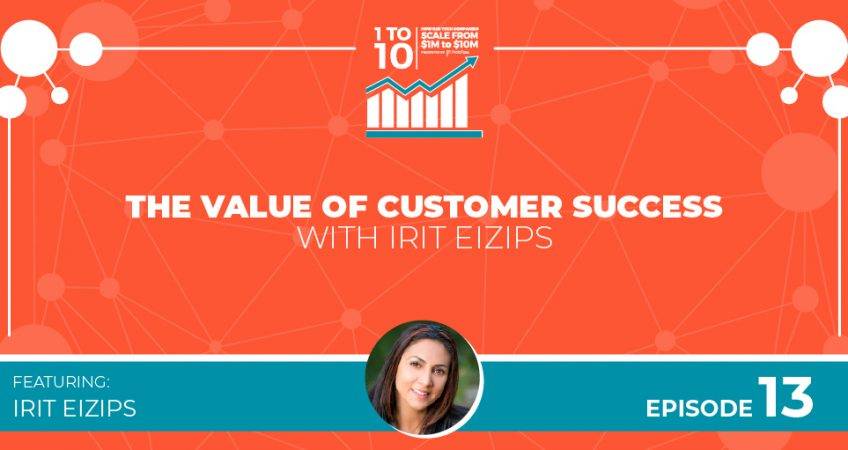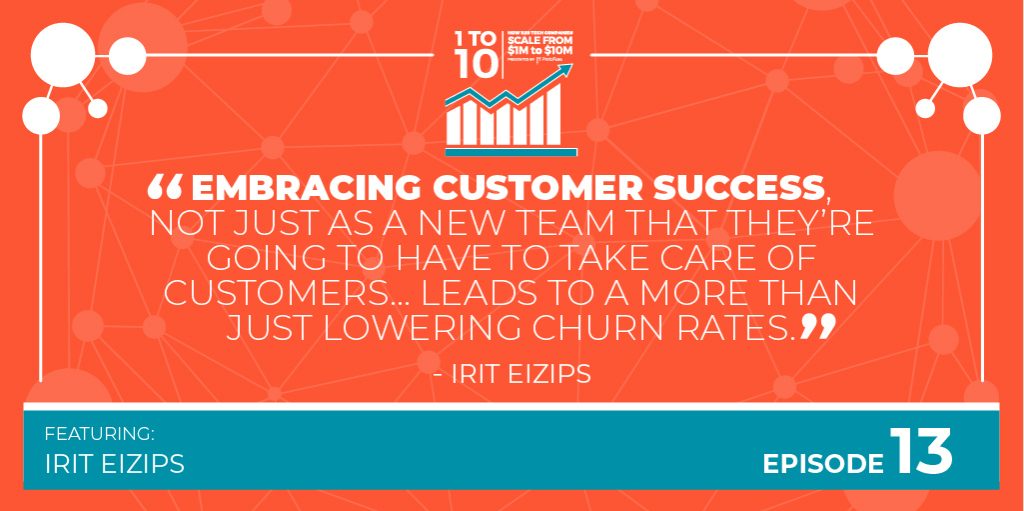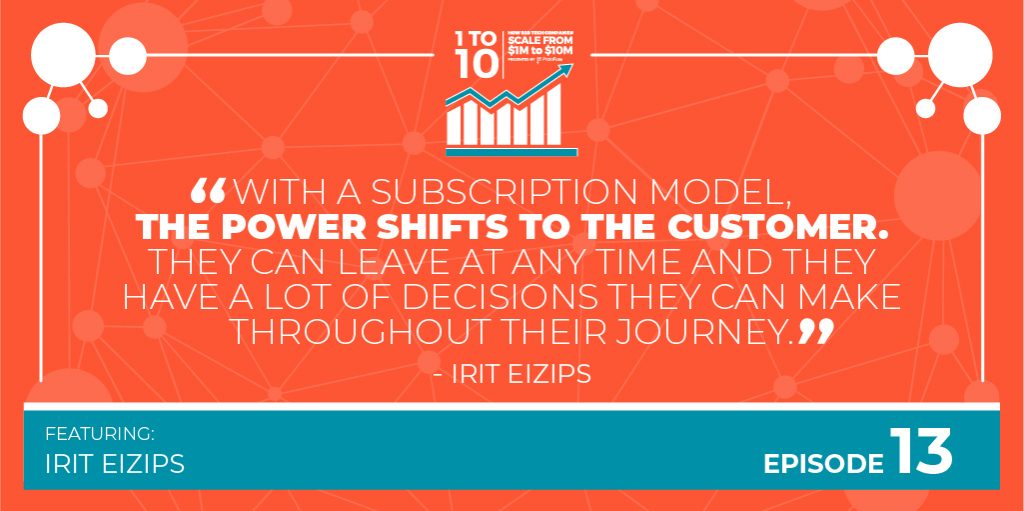When your customers succeed, your business succeeds. This is why customer success is so important.
We first saw the customer-centric model appear specifically in SaaS companies, it’s not trickling into many other businesses. If there’s a model that works for a whole cohort of companies, it’s something we should be keeping an eye on. The old approach of “sell it and forget it” doesn’t work anymore. Customers churn when they believe that their investment doesn’t result in their desired business outcome. It’s a reactive model that’s becoming less and less effective at engaging new clientele and retaining old customers.
Failing to make an adjustment in your customer experience could cause them to drop your product or service for ones they believe with help them meet their business goals more efficiently.

A lot of companies reach out to CSM Practice to fight the churn rate, increase adoption, or improve advocacy. They want to see who’s leaving and understand why, as well as track how new customer engagement is progressing. And it’s about more than just seeing who is coming and going. What are they saying about your product or service and brand?
Any company can benefit from taking care of the customer experience. But the extra effort is seeing what people say while their customers and when they choose to leave.
Who is singing your praises? What are detractors saying?
This is more about brand protection; it’s about pursuing an additional service so that others speak precisely about business outcomes. Your anticipated benefit from better advocacy is in the form of higher growth and better margins. When we think about customer success and why companies should invest in customer success, there are really four goals that you want to design your whole customer success program around.
Four Goals of Customer Success
A solid and effective implementation of customer success methodologies and the program should be designed to accomplish 4 goals:
1. Maximizing Monetary Value
This is in the form of renewals, expansions, upsell, cross-sell, etc.
2. Maximizing Non-Monetary Value
High advocacy rates, references, product roadmap, etc.
3. Maximizing Monetary Value for Your Customers
This is the impact your solution – whether product or service – makes on the client’s bottom line and how you save them on costs or bring in new revenues.
4. Maximizing Non-Monetary Value For Your Customers
This framework was based on a three-point goal-setting shared with me by Boaz Maor, SVP Customer Success at OpenGov a while back.
This is where you show that goals align. Year after year, you should be aligned with the personal goals of the key stakeholders. We’re not just looking to impact the monetary value, but maximize the value of the key stakeholders.
Lack of engagement usually means you’re not aligned well with their needs. Having a well-defined customer journey is important for continuity.
Going all-in on this concept means making an investment of resources. Finding people that have a customer success focus as part of their role can come in many forms, but failing to address it could make a huge input in your business productivity.
In this podcast, I clarify that companies, no matter the size, age, or reach, should be interested in this customer journey and that there are ways to incorporate this into your best practices, regardless of where you are in your journey.
This blog post was originally published by 1to10 Tech and is republished with permission.



